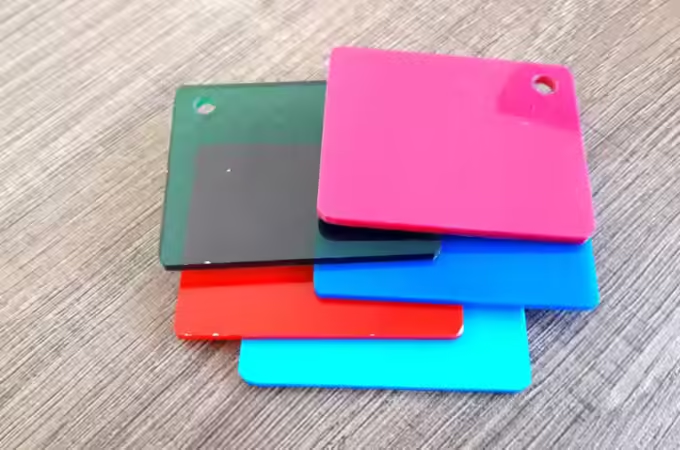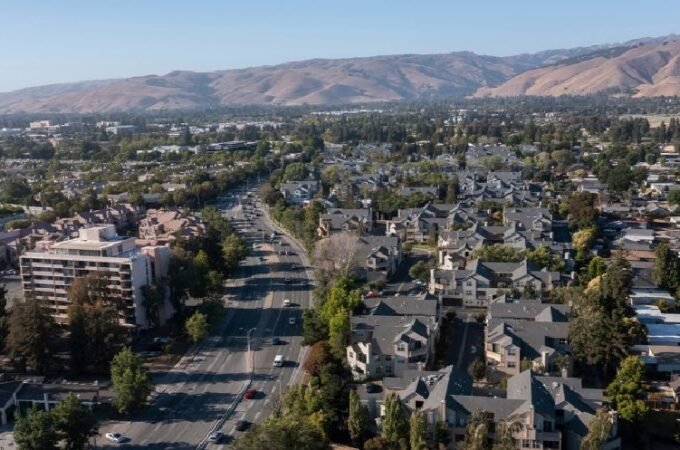
Advice for a correct installation and maintenance of solar systems
The installation of a solar system can be simple or complex depending on the characteristics of the system and the chosen site. In principle all forced circulation systems have a certain system complexity which during the installation phase requires the work of a specialized company for a few days. On the other hand small mono-bloc systems with natural circulation require a few hours’ work. Moreover, if placed in the garden or terrace they can be installed directly by the purchaser with the help of a plumber. In any case, for all installations of these Pearce solar panels systems on inclined roofs and other inconvenient surfaces it is necessary to contact qualified companies and installers.
Things to know before purchasing
Installing a solar system in a building under construction or renovation allows savings of up to 20% compared to a similar installation performed on an existing building. In this second case if you want to save something you can choose to carry out the installation during the reconstruction of the thermal system. First of all it is necessary to evaluate the presence of possible shading by trees, surrounding houses or other natural and artificial obstacles which could compromise the efficiency of the plant. Secondly, the panels must be oriented and tilted optimally in order to capture the maximum solar radiation possible in the seasons when you most need it and then get good returns.
The best orientation for the collector is certainly towards the south but a certain tolerance is possible. In addition to orientation the second fundamental parameter is that of inclination with respect to the horizontal plane. In the case of panels laid or integrated on the roof it is essential to find a compromise between architectural integration and plant performance. In the choice of the placement of the panels aesthetic considerations and plantings come into play which can also overshadow the purely economic aspect. Careful and periodic maintenance extends the useful life of the system and avoids unpleasant surprises.
Conclusion: The maintenance
The natural circulation systems do not need maintenance. Given their simplicity of installation only a few periodic checks by the same owner are sufficient to verify that they are working properly. The most frequent drawbacks of natural circulation systems concern the accidental loss of liquid from the primary circuit and the formation of air bubbles in the circuit. In these cases and for any other inconvenience it is good practice to contact specialized technical personnel.
In forced circulation systems the periodic checks and maintenance phases must be performed by qualified technicians. The only concern of the purchaser or user of the system will be to verify the correct operation of the pump and the control unit. These two important components ensure the circulation of the heat transfer fluid inside the system.





